Spring: up close
Spring is well on its way, the first flowers are appearing, the trees are beginning to bustle with bird song and when the sun comes out there’s a definite warmth to it. Join us as we take a look at all we can expect from spring, perhaps the most exciting
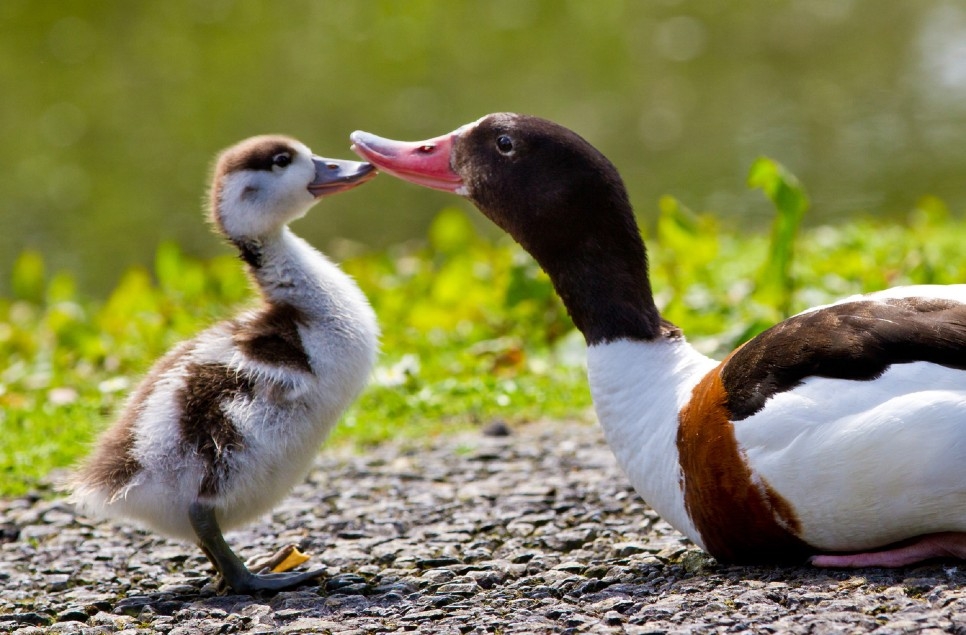
After a long, dark and cold winter the sight of the first snowdrop pushing its brave little head out of the ground evokes a feeling that’s hard to describe - excitement, hope, joy, wonder and a promise of what’s to come.
Many of us connect more with spring than any other season, we look out for those first signs with keen eyes, searching for any little whisper that it’s on its way. This year, we will perhaps be looking even more closely as we hope for a better year ahead. Spring is the time we wake up to the possibilities of the future. Like nature we are invigorated and renewed, ready to begin again.
When does spring start?
The beginning of spring is an astronomical event that occurs when the sun crosses the equator line, heading north in the sky. After this date (around the 20th March) the northern hemisphere begins to be tilted towards the sun, resulting in more daylight hours and warmer temperatures. It’s this change that triggers the changes that we associate with spring. Increased sunlight encourages the birds to sing and spring flowers appear in response to warmer temperatures. We, as humans, are connected to these cycles too and we respond in a similar way, often feeling more energised and more positive as the days get longer, brighter and warmer.
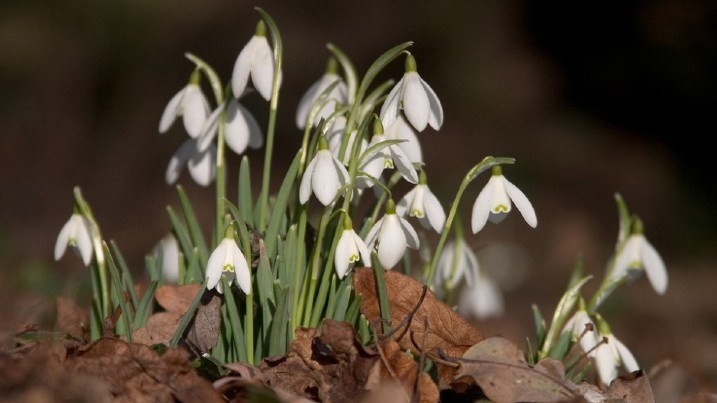
The circle of life
As the days pass the increased light and warmth stirs the world into action and the cycle of new life begins again. Birds begin elaborate courtship displays, the important business of nest building starts in earnest and the first colours of the year appear. The yellows, purples and blues of spring flowers and the pinks and whites of blossoms provide something for our eyes to feast on after the long months of browns, greys and greens. And spring has a smell too, a rain shower spreads the sweet smell of blossom as the moisture on the air helps the smell molecules travel. Even the earth smells good in spring – remember that heady mix of rain on warm soil that smells so good? The smell is caused by soil-dwelling bacteria known as Actinomycetes, which thrive in the soil when conditions are wet and warm. When the soil dries up, the organisms produce tiny spores that release a chemical compound called geosmin - meaning ‘earth smell’ in Greek. The air feels different too, there is a new softness to it that makes getting outside even more enjoyable.
As the season moves on we are treated to the first new life of the year, a winding trail of goslings following their mother along a river path, a chattering cluster of ducklings and the constant sound of young mouths demanding food and attention from their parents (many will know how they feel). Migratory birds like black-tailed godwits return to our shores, following the sun as it moves across the earth, enticed by a treasure trove of feeding and breeding opportunities.
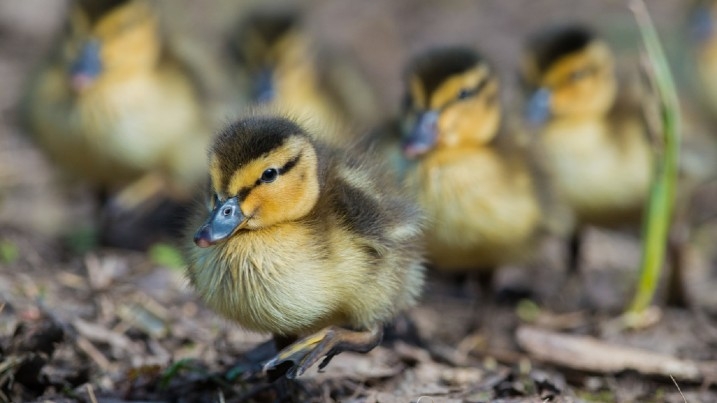
Noticing nature
After months indoors (due to lockdown) but also the wet and cold of winter, now is the time to take a look around us. We might not be able to go far but taking the time to look closely means you can really make the most of spring. There’s so much to see out there, why not record your findings on one of our spotter sheets? Now’s the time to notice the small things, a bud, an insect, the first bee of the year. Being focused in the moment and really absorbing all around you is what is known as mindfulness and plenty of scientific studies show how beneficial this practice is for our stress levels and sense of wellbeing, so it’s a really good habit to get into. It’s even better if you do it as you wander through a wetland!
Feel good factor
Our wetlands are bustling with life by this time of year and there’s no better place to take in the sights and sounds of nature and feel the lightness of the spring air on your face. Take a seat in a quiet corner and engage your senses. Smell spring in the air, listen to the birdsong and immerse yourself in the nature around you. Take a stroll along a river at sunset and watch the light settle over the water as the birds come in to roost. Spend a few quiet moments watching the tadpoles in your local park, or the sparrows in your garden collecting twigs for their nest. Connecting with the nature around us inspires a feeling of wellbeing and calmness.
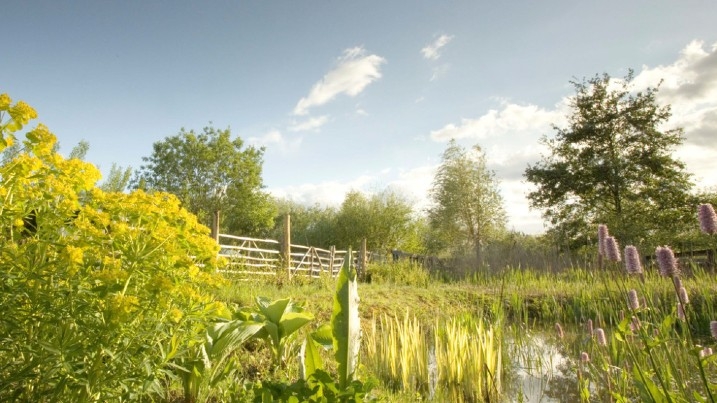
Things you can do
If you’re feeling enthused by the warmer days and have some outdoor space it’s time to get planning. This is the time of year for a tidy up and to think about what you want from your outside space for the year ahead. Gardeners have always taken their cues from the seasons. Using an ancient practice called phenology our ancestors would grow their food based on seasonal signs. Some still use the practice today. For instance when the first crocus appears it is time to plant radishes, parsnips and spinach.
Now’s the time to plant seeds too. You don’t need to have outside space to grow your own veggies. You can plant seeds inside and leave them on a windowsill. Plenty of things can be grown in pots from tomatoes and cucumbers to strawberries.
The wildlife in your garden still needs a helping hand at this time of year. Birds, busy with nest building and hungry chicks, still benefit from food being left out. Frogs and toads will be grateful for a simple shelter from the spring sunshine, bugs and insects will enjoy the luxury of a bug hotel and all your garden wildlife will benefit from the creation of a watery space, whether it’s a mini wetland, a bog garden or a micro pond.
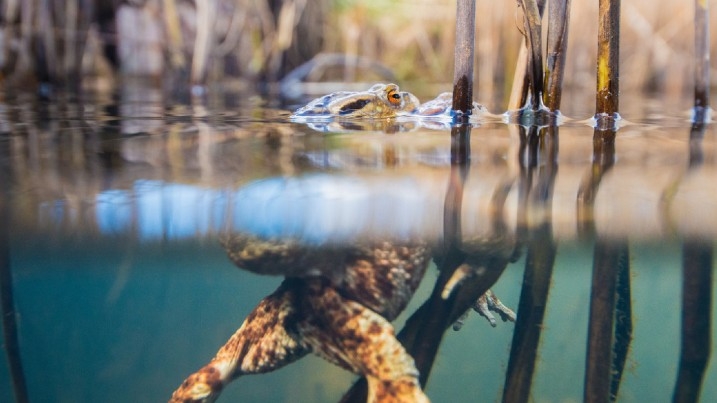
A time to prepare
At WWT we’re busy preparing for spring too. It’s a very busy time of year on our reserves and our wetland habitats are carefully managed to support the arrival of new life. There’s plenty of work to do to ensure that the wildlife on our sites get the best chance to rear their young successfully. Cutting back trees and shrubs helps create a diverse range of habitats for different types of wildlife to breed in and encourages flowers and grasses to flourish too. We also prepare areas for ground nesting birds and make sure the lakes and ponds are in tip top condition for the next generation of amphibians to thrive in. We are grateful for the longer, warmer days too as our teams work to prepare for the year ahead and we get ready to welcome visitors back to our sites as soon as we can.



